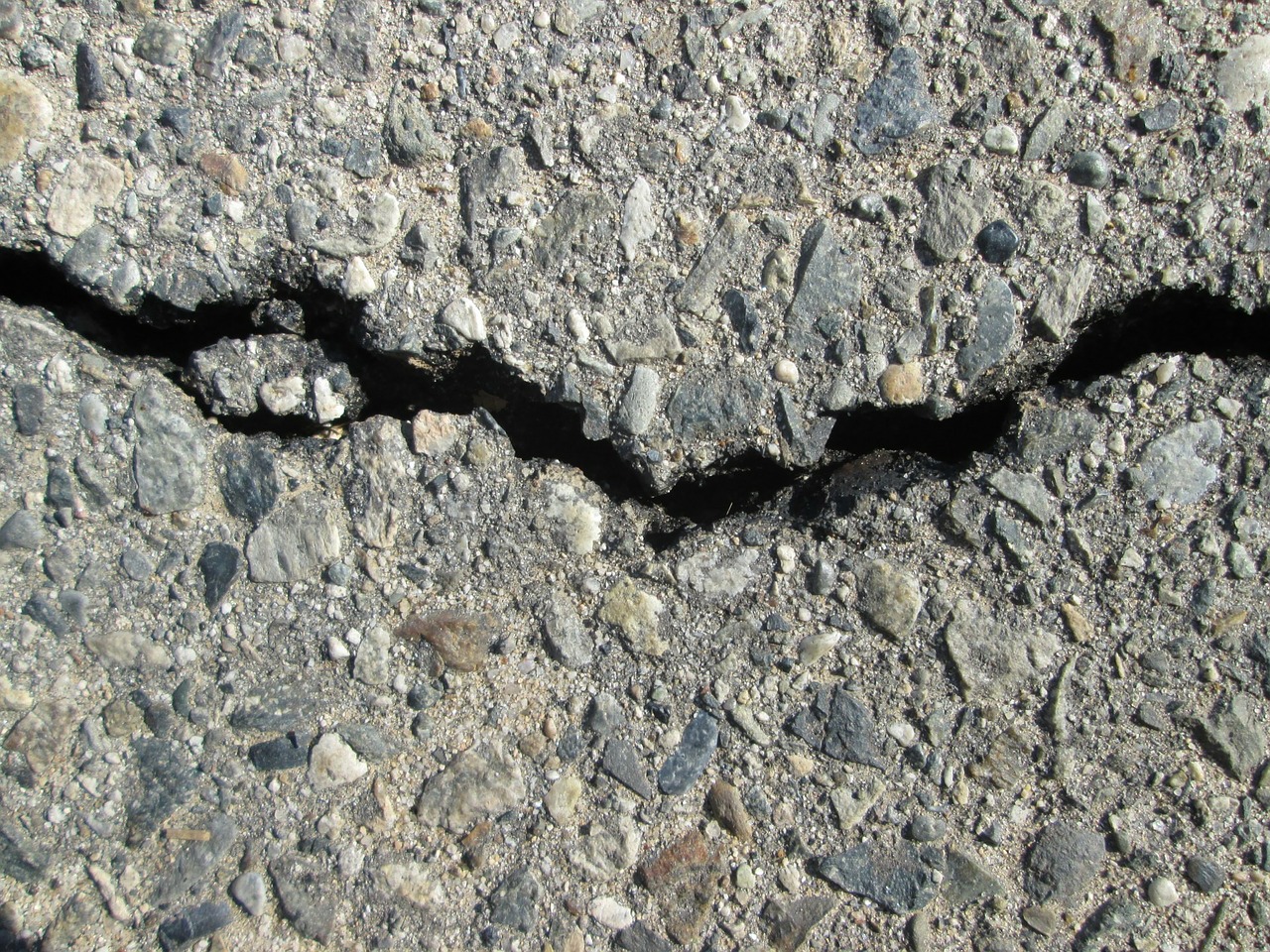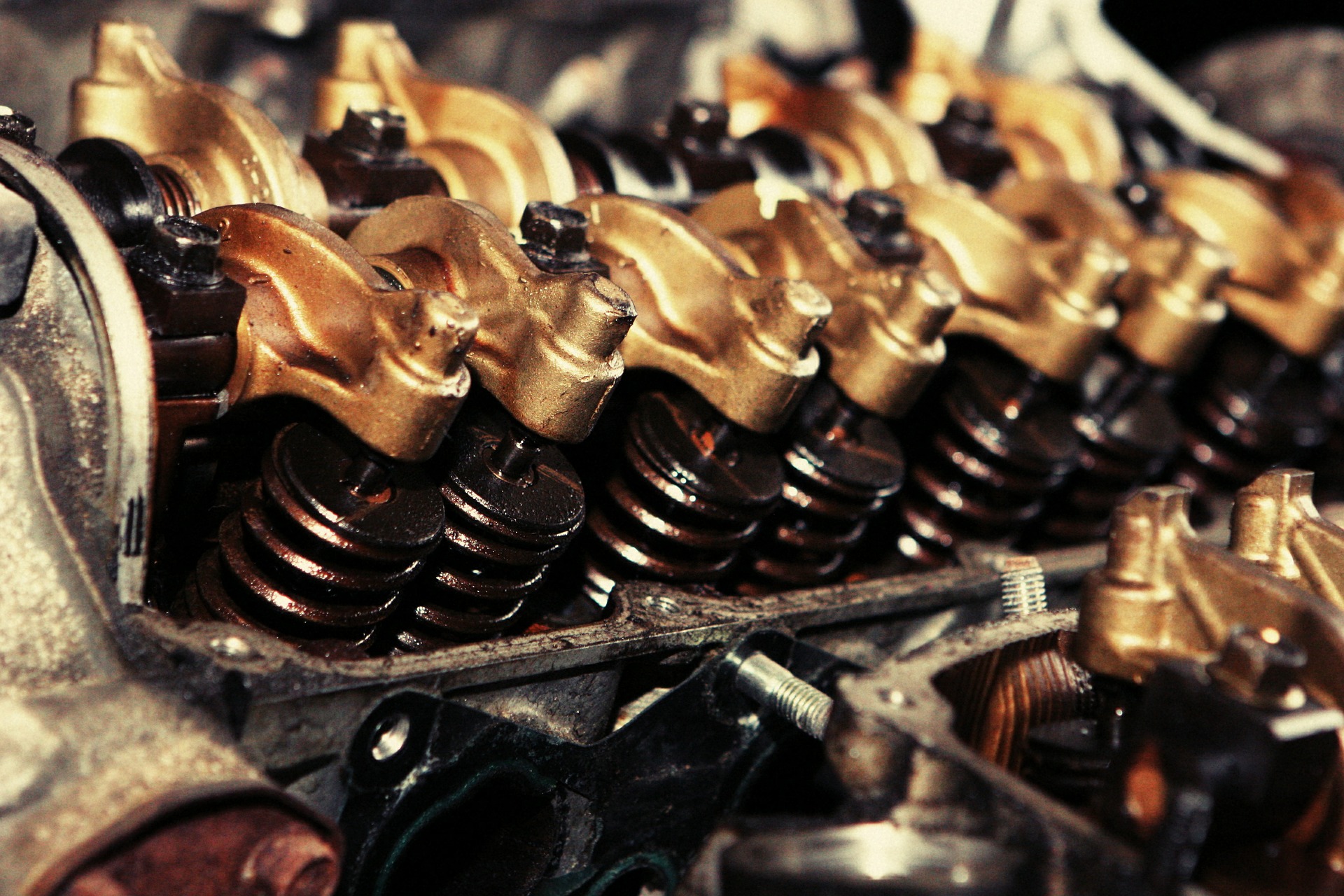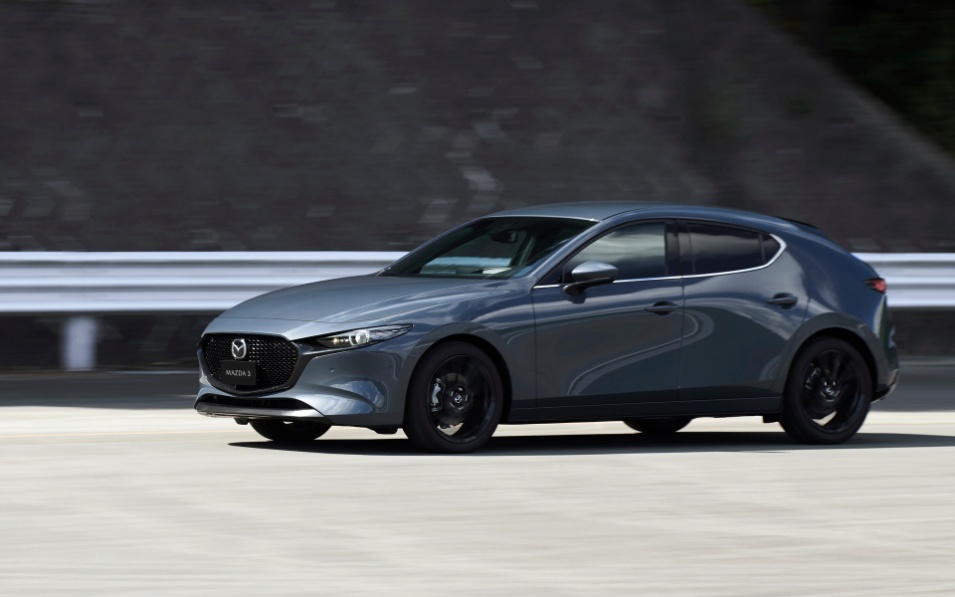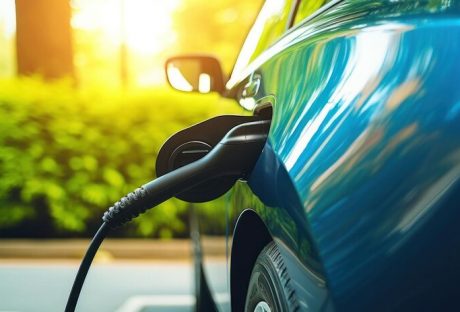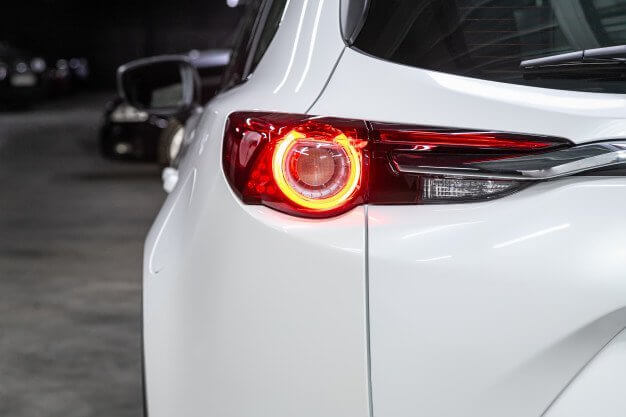A large number of public roadways, parking lots, and even privately owned driveways need pothole repair. What many people don’t realize is that there are steps they can take to prevent the formation or worsening of potholes; regardless of where they develop.
Understanding How Potholes Develop
Before diving into how to prevent potholes, it’s a good idea to get to know how they form. Similar to cracks in your walls, potholes usually begin as a blemish or crack on the surface of the road. This is a clear indication of wear and tear.
Understanding how they form gives a baseline to know how to prevent them. Some of the most common methods used for preventing potholes are found here.
Plastic Roads
A few years ago, Popular Mechanics released an article describing “the future of roads.” This
article outlined how using large, hollow, plastic blocks to create the road network would minimize the dips made in the ground.
The particular design mentioned also featured a hollow cavity inside of the road slabs for the wiring and pipe. Because of the durability and strength of this material, the surface of the road or driveway is much less likely to develop potholes.
A plastic road aims to make any repairs needed faster and easier. Also, the damaged areas can be replaced by adding a new “slab” of road.
Even though no prototypes have been tested yet, it’s assumed the work needed to maintain these types of roads would be much easier and less involved than with asphalt roads.
Crack Infill
As previously mentioned, the majority of potholes start with a small crack in the surface of the road or driveway. If this issue is repaired quickly, the likelihood of a pothole being created is reduced significantly.
To prevent potholes, it’s essential that no water can get in through the cracks in the road. Crack infill fills in these cracks, preventing water ingress.
Fog Seals
Another way to prevent potholes is to apply a light, slow-setting, diluted asphalt emulsion to the surface of the asphalt. This layer of protection helps to prevent water intrusion, slow down the deterioration of the pavement, and improve aggregate retention.
Chip Seals
This is another type of thin surface treatment. It combines the use of one or several layers of asphalt with several more layers of fine aggregate.
When applied, chip seals can help to prevent water intrusion, fill and seal distress in the pavement, and minimize reflective cracking.
Micro Surfacing
With micro surfacing, a thin surface treatment is applied, which includes a layer of finely crushed stone and asphalt emulsion. When applied properly, micro surfacing helps to prevent water intrusion and correct minor cases of rutting. It has the added benefit of fast set and cure times compared to other prevention methods.
Preventing Potholes Before They Form
The best way to prevent vehicle damage due to potholes is by taking notice of a problem and addressing it promptly. Failure to do this can result in serious potholes and, in extreme cases, the need to replace the entire paved surface.
Make sure to take action as soon as a problem is seen. This is going to prevent a small crack, divot, or rut from becoming a severe and damage-causing problem that is only going to cost more to repair in the long-run.
Read Also:













